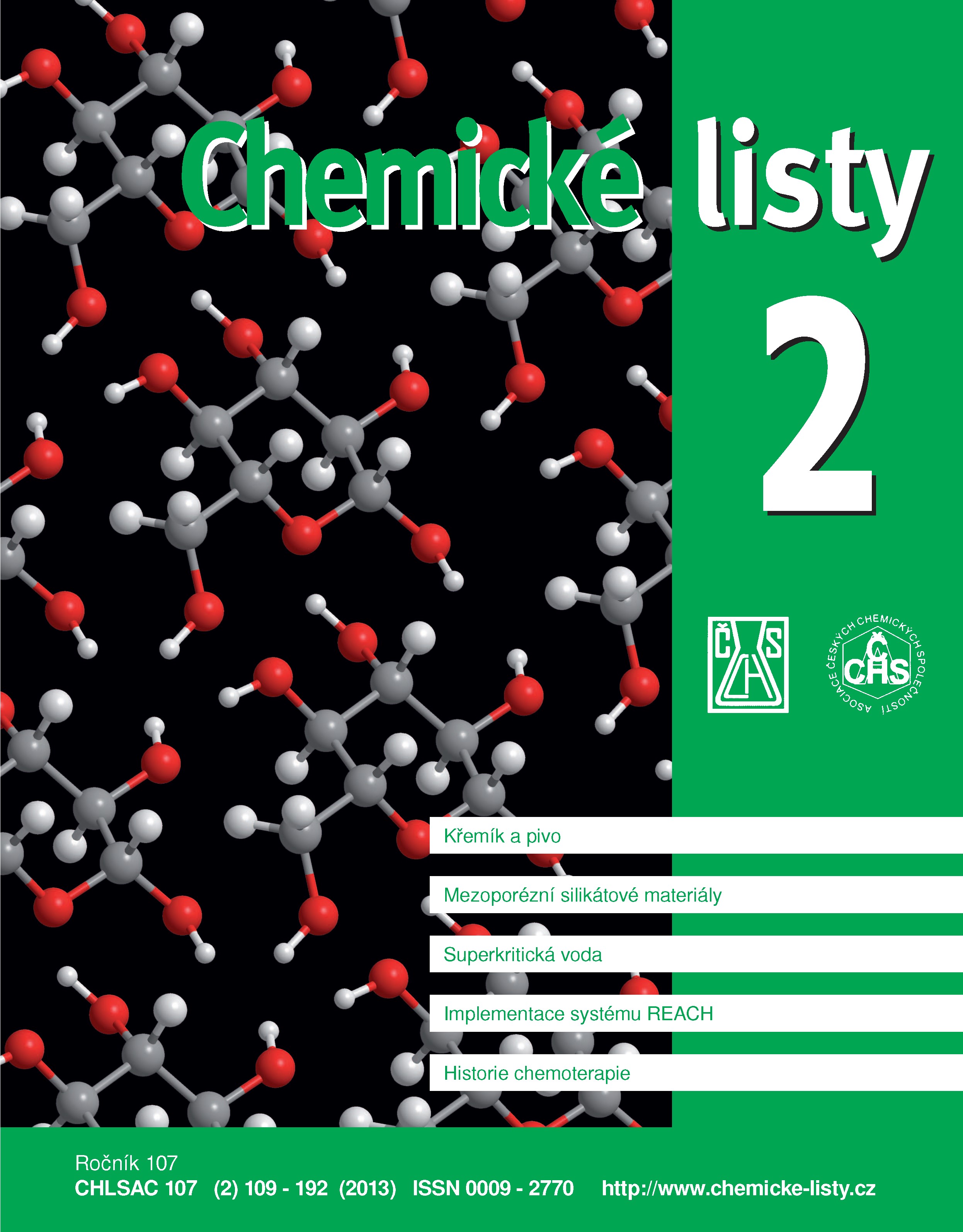Determination of Toxicity of Musk Compounds Using Alternative Tests of Ecotoxicity
Keywords:
acute toxicity, ecotoxicity, alternative ecotoxicity tests, synthetic musk analogues, musk compounds, polycyclic compounds, nitroaromatic compoundsAbstract
Alternative ecotoxicity tests Daphtoxkit FTM, Thamnotoxkit FTM, Rhotoxkit FTM and Artemia salina were used for determination of ecotoxicity of the musk compounds – galaxolide, tonalide, musk ketone, musk xylene. The results confirmed a higher toxicity of polycyclic musk compounds than that of nitromusk compounds. The highest toxicity was observed for galaxolide. Polycyclic musk compounds showed high toxicity for aquatic invertebrates. The freshwater crustacean Daphnia magna was confirmed as the most sensitive whereas Brachionus calyciflorus the least sensitive organism. As to the toxicity of nitromusk compounds, the freshwater crustaceans Thamnocephalus platyurus and Daphnia magna were the most sensitive organisms. By comparing the ratio of 24 h/48 h LC50 and 24 h/48 h EC50, a significant effect of exposure was found especially in the case of tonalide. All the musk compounds pose risk for aquatic ecosystems and can be considered toxic for aquatic invertebrates.





